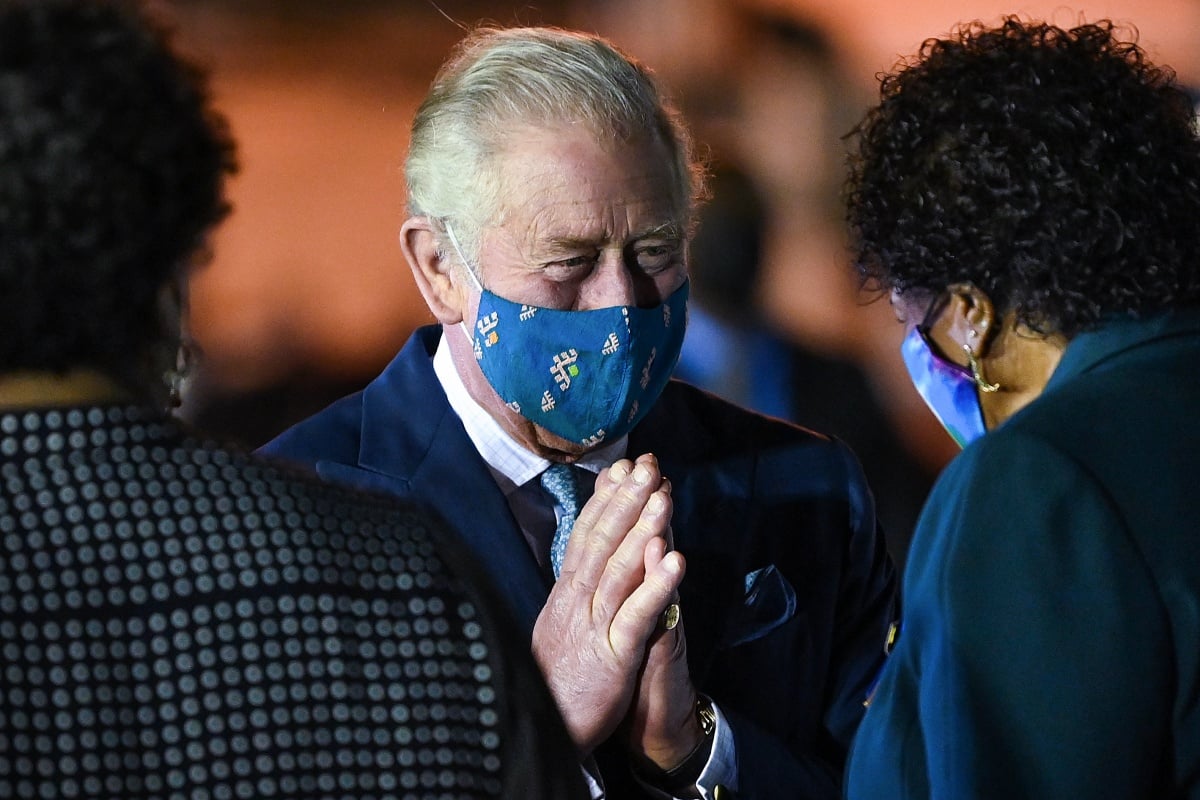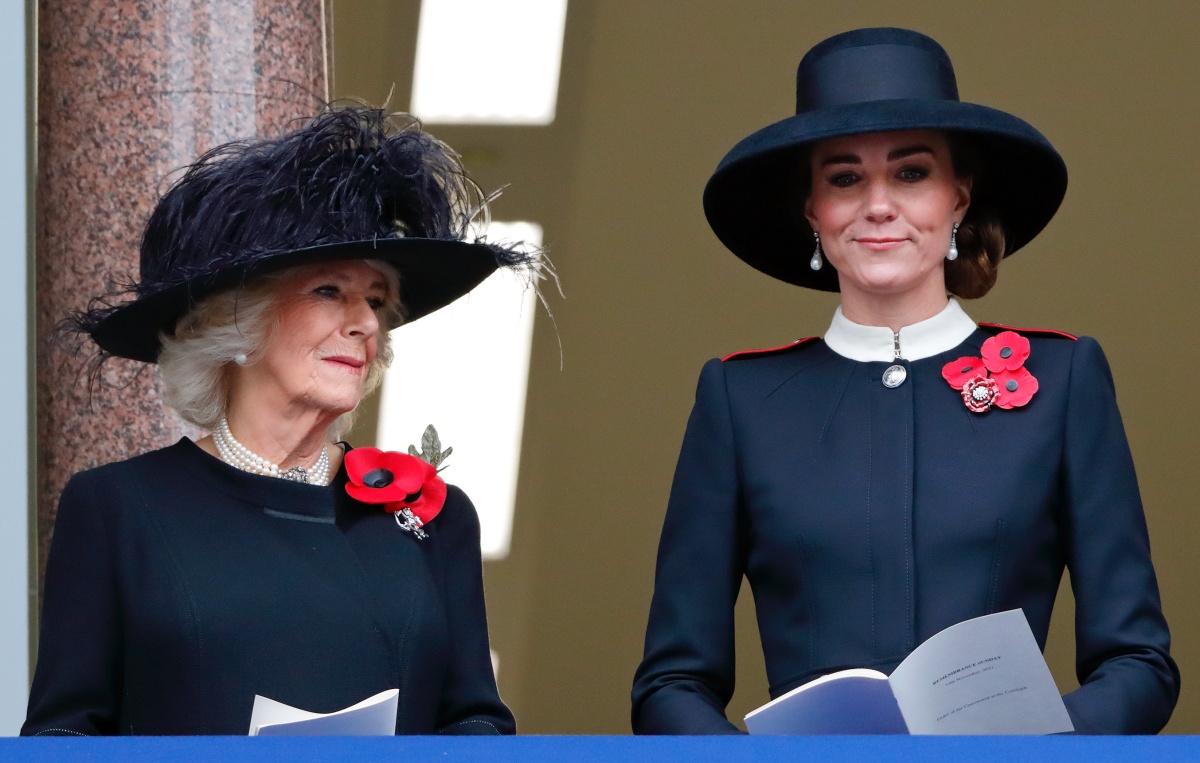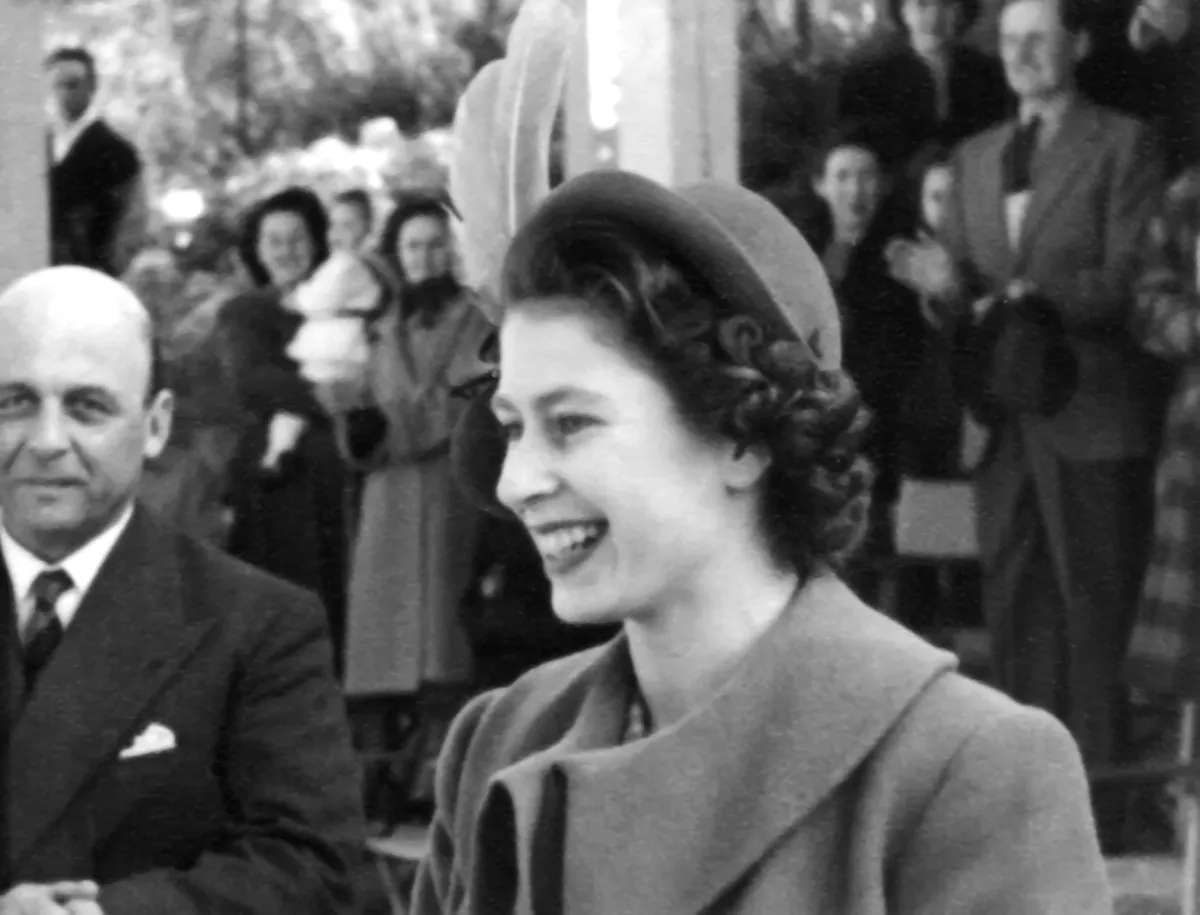In the early afternoon hours of September 8, Buckingham Palace released the statement that Queen Elizabeth—the ruler of the United Kingdom of Great Britain and Northern Ireland and the Commonwealth realms for the past seventy years—was under close medical observation at her Scottish castle of Balmoral. Now, news of her death has been made public.
The news was released at 6:30 PM U.K. time by The Royal Family social media accounts and reported by the BBC and other news outlets across the world—Queen Elizabeth II has died.
The original message, which was passed on by The Guardian and had already made shockwaves pretty much in every corner of the world this morning, stated,
“Following further evaluation this morning, the Queen’s doctors are concerned for Her Majesty’s health and have recommended she remain under medical supervision. The Queen remains comfortable and at Balmoral.”
To say that this was an unusual statement on Buckingham Palace’s part would be the understatement of the year—and the fact that senior royals had been steadily making their way to Balmoral over the ensuing hours did nothing to calm down concerns. Add to all of this the fact that BBC One had stopped its regular programming and that members of Parliament had appeared agitated ever since this morning, and you had quite the picture.
The Queen’s last public appearance was when she received newly-elected Prime Minister Liz Truss at Balmoral.
Operation London Bridge, explained
It all seemed to follow the first steps of Operation London Bridge—the plan for what happens after the Queen passes away, which was revealed some five-ish years ago by The Guardian and spread like wildfire on the pages of most newspapers around the world.
According to Operation London Bridge—whose code phrase is “London Bridge is down,” echoing the “Hyde Park corner” which announced the death of Elizabeth II’s father George VI—the first person outside of The Queen’s immediate family to know of her death would be her private secretary.
It would be the private secretary’s task to inform the British government, as well as the Commonwealth nations where the Queen is either a symbolic figurehead or the actual Head of State. From there, the news would pass on to the various television channels and papers—they would know before the public, so that they could prepare. And one of those preparations includes scrapping the day’s programming and having every journalist on air wear black clothes—something that was already happening this morning on the BBC.
Black ties and suits appeared on every news channel in the United Kingdom.
Now that the official announcement of the Queen’s passing has arrived from Buckingham Palace—both physically, with a note pinned outside of the Palace’s gates, and digitally throughout the Palace’s social media channels—Operation London Bridge is in full swing.
Of course, several options and variables have been taken into consideration—especially when it comes to the place of the Queen’s passing. Since she’s in Balmoral, people are now looking at that specific version of Operation London Bridge that was prepared in case the Queen should pass away on Scottish soil.
These plans include a condolence book open in front of the Scottish Parliament, and a period of repose for the Queen’s coffin at Holyrood Palace in Edinburgh and a first service in the Scottish capital’s St. Giles’ Cathedral. The coffin will then be moved by train—if possible, otherwise it be flown in by plane—down to London, where it will be welcomed by the Prime Minister and the other cabinet ministers.
From there, the Queen’s coffin will go to Buckingham Palace and then to Westminster Hall, where it will lie in state for visitors to come and pay homage before the funeral service—scheduled to take place some ten-ish days after the announcement of the Queen’s death. The ceremony will, of course, be held at Westminster Abbey and led by the Archbishop of Canterbury—the principal religious figure of the Church of England, of which the monarch is the head. The final stages of Operation London Bridge are for the burial of the Queen’s coffin in St. George’s Chapel in Windsor Castle.
All of this, of course, will happen while the United Kingdom essentially comes to a halt—something that was already seen for the death of Prince Philip in April of 2021 but that will take on a whole new magnitude, one that not many people have seen before considering the last monarch died in 1952.
The moment of Elizabeth II’s passing is also the moment her heir, Charles, Prince of Wales, will officially be King. While rumours about a possible abdication in favour of the more popular Prince William have been going around for years, they’re very unlikely to become reality. The line of succession is quite clear, and the only way William and Kate have to become King and Queen right now is if Charles himself abdicates and leaves the crown to William.
And considering that Charles has been heir to the throne longer than any other European heir, it’s looking like the Duke and Duchess of Cambridge will still have to wait. They will, of course, move up in the line of succession—if Charles is King, then William will take on the title of Prince of Wales as his heir, even though that ceremony will probably happen sometime after Charles’s coronation, something that, in turn, won’t take place for some months after the Queen’s funeral.

For now, Charles will be proclaimed King by the Accession Council, which will meet the day after the Queen’s passing—and on the same day, he will receive the vows of allegiance from the various members of Parliament. He will then visit the four areas of the United Kingdom—England, Wales, Scotland and Northern Ireland—to receive motions of condolences and attend religious services in remembrance of the Queen.
What about Camilla, you may ask? The matter of what title will be held by the Duchess of Cornwall once her husband is King has kept royal columnists and panelists talking for years—pretty much since their wedding in 2005. Custom, however, dictates that she will become Queen Consort, as wives of kings have been for centuries.
Does all of this sound like something straight out of a fantasy book? Yes, but then again, this is a monarchy we’re talking about. Some anachronism is to be expected. Avid The Crown fans would know all about this.

As of right now, no further news has emerged about a situation that has been described by royal authors and journalists alike as “very serious,” but everything seems to be pointing in one direction.
(via The Guardian, image: McCarthy’s PhotoWorks / Shutterstock.com)









Published: Sep 8, 2022 02:00 pm